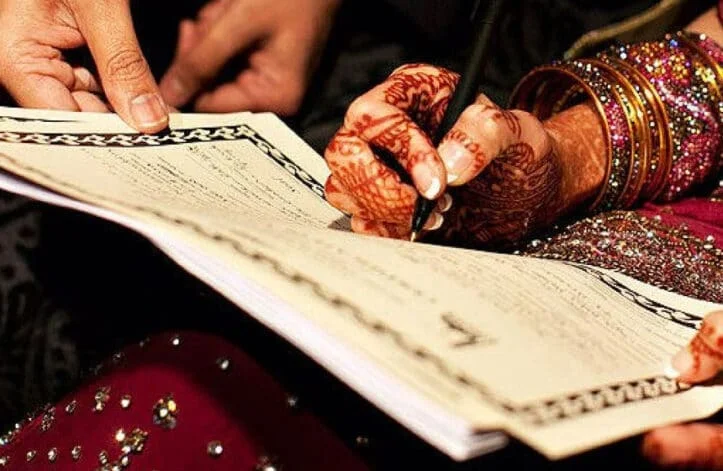Islamabad 5 August: The National Commission on the Status of Women (NCSW) highlighted the dowry system’s role in escalating divorce rates and the growing number of unmarried women in Pakistan, particularly in urban cities like Karachi, Lahore, and Islamabad.
During a national consultation on reforming the Dowry and Bridal Gifts (Restriction) Act, 1976, experts emphasized that excessive dowry demands fuel marital discord, gender-based violence, and economic strain, contributing to both marital breakdowns and delayed marriages.
The dowry system, requiring substantial gifts or payments from the bride’s family, remains prevalent despite the 1976 Act’s restrictions of PKR 30,000 for dowry and PKR 50,000 for bridal gifts. Weak enforcement allows over 95% of marriages to involve dowry transactions, often leading to post-marriage demands that trigger disputes and, in severe cases, dowry-related deaths—estimated at 2,000 annually. In urban areas, where shifting gender dynamics and economic pressures are more pronounced, dowry issues are a leading cause of divorce, with women increasingly seeking khula (Islamic divorce initiated by women) to escape abusive or exploitative marriages.
Divorce rates in urban centers have surged, with Punjab reporting a 35% increase in khula cases from 2014 to 2019, and Karachi recording 11,143 cases in 2019 alone, followed by 3,800 in the first quarter of 2020. Women, empowered by education and financial independence, are less willing to endure dowry-related coercion, contributing to 25% more divorces initiated by women than men.
Meanwhile, dowry demands deter marriages for many women, particularly from lower-income families, as families struggle to meet expectations for jewelry, furniture, or vehicles, leaving a growing number of women unmarried, especially in rural areas transitioning to urban norms.
The following table summarizes key statistics on divorce and unmarried women in Pakistan’s major urban cities, based on available data up to 2025:
| City | Divorce Cases (Khula, 2019) | Divorce Rate Trend (2014-2020) | Unmarried Women (% of Female Population, 2023) | Key Factors |
|---|---|---|---|---|
| Karachi | 11,143 | 3,800 cases in Q1 2020 | 32% (ages 25-34) | Dowry disputes, domestic violence, economic strain |
| Lahore | 18,901 (Punjab, 2016) | 35% increase (2014-2019) | 28% (ages 25-34) | Shifting gender roles, financial pressures |
| Islamabad | 663 (2013) | 430 cases in 2014 | 25% (ages 25-34) | Education, employment, dowry expectations |
| Rawalpindi | 10,312 (2021) | 13,000 cases pending (2021) | 27% (ages 25-34) | In-law interference, dowry-related conflicts |
Sources: Express Tribune, Gallup & Gilani Pakistan (2019), Daily Times (2021)
NCSW Chairperson Ume Laila Azhar stressed that dowry practices perpetuate gender inequality, trapping women in toxic marriages or preventing them from marrying. “The economic burden of dowry is a form of violence that fuels divorces and leaves many women unmarried,” she said. The Commission is advocating for stronger enforcement, clearer legal definitions, and public awareness campaigns to curb dowry-related harm. With further consultations planned, proposed amendments aim to reduce dowry-driven divorces and support women’s autonomy in urban and rural settings alike.









